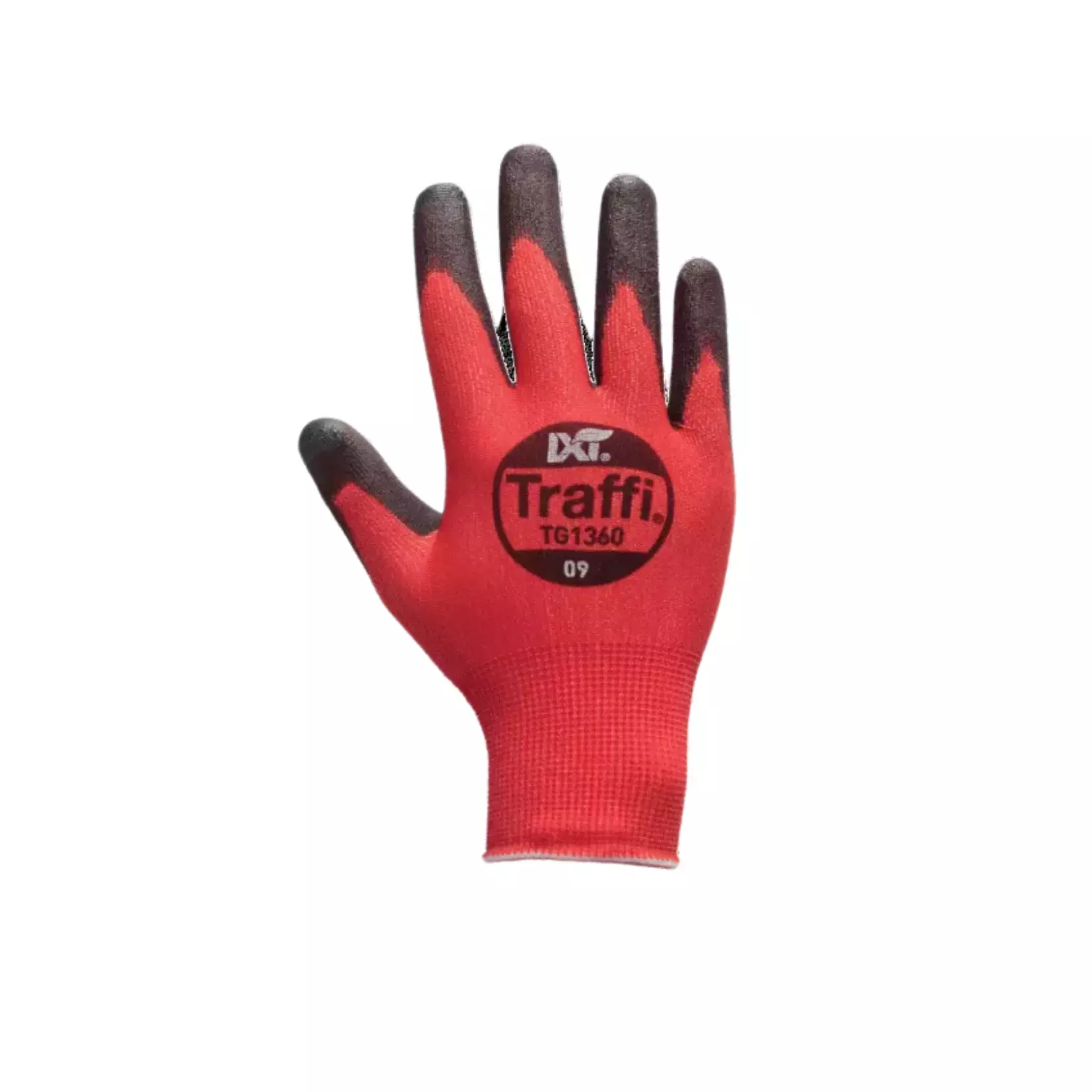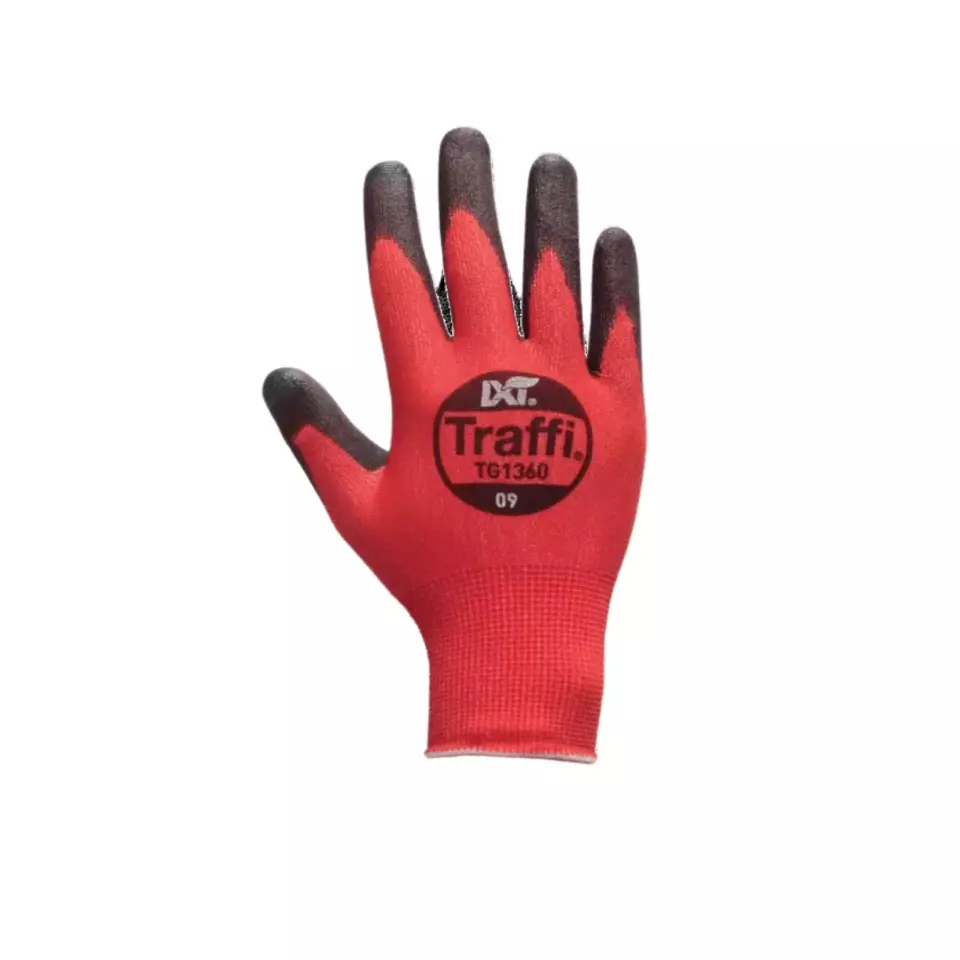
Features You'll Love

Cuff Style · Knit
Determines how the glove secures around the wrist, affecting fit, comfort, and protection coverage at the wrist area.

EN 388 · Tear Resistance Level 3, Puncture Resistance Level 1, Abrasion Resistance Level 1
Offers strong resistance against ripping, making the material durable against snags and tears.
Provides basic protection against punctures from blunt objects like splinters, not sharp points like needles.
Provides basic resistance against scraping and surface wear for low-risk tasks.
Traffi
X-DURA LXT ULTRAFINE Cut Level A Safety Glove, 10 pairs
X-DURA LXT ULTRAFINE Cut Level A Safety Glove, 10 pairs
4.5 / 5
51,52 €
Price per 10 pairs
5,15 € / pair
Choose size
Shipping fee is 7,95 € for orders under 80,00 €
Features You'll Love

Cuff Style · Knit
Determines how the glove secures around the wrist, affecting fit, comfort, and protection coverage at the wrist area.

EN 388 · Tear Resistance Level 3, Puncture Resistance Level 1, Abrasion Resistance Level 1
Offers strong resistance against ripping, making the material durable against snags and tears.
Provides basic protection against punctures from blunt objects like splinters, not sharp points like needles.
Provides basic resistance against scraping and surface wear for low-risk tasks.
Product description
The product description has not been specified